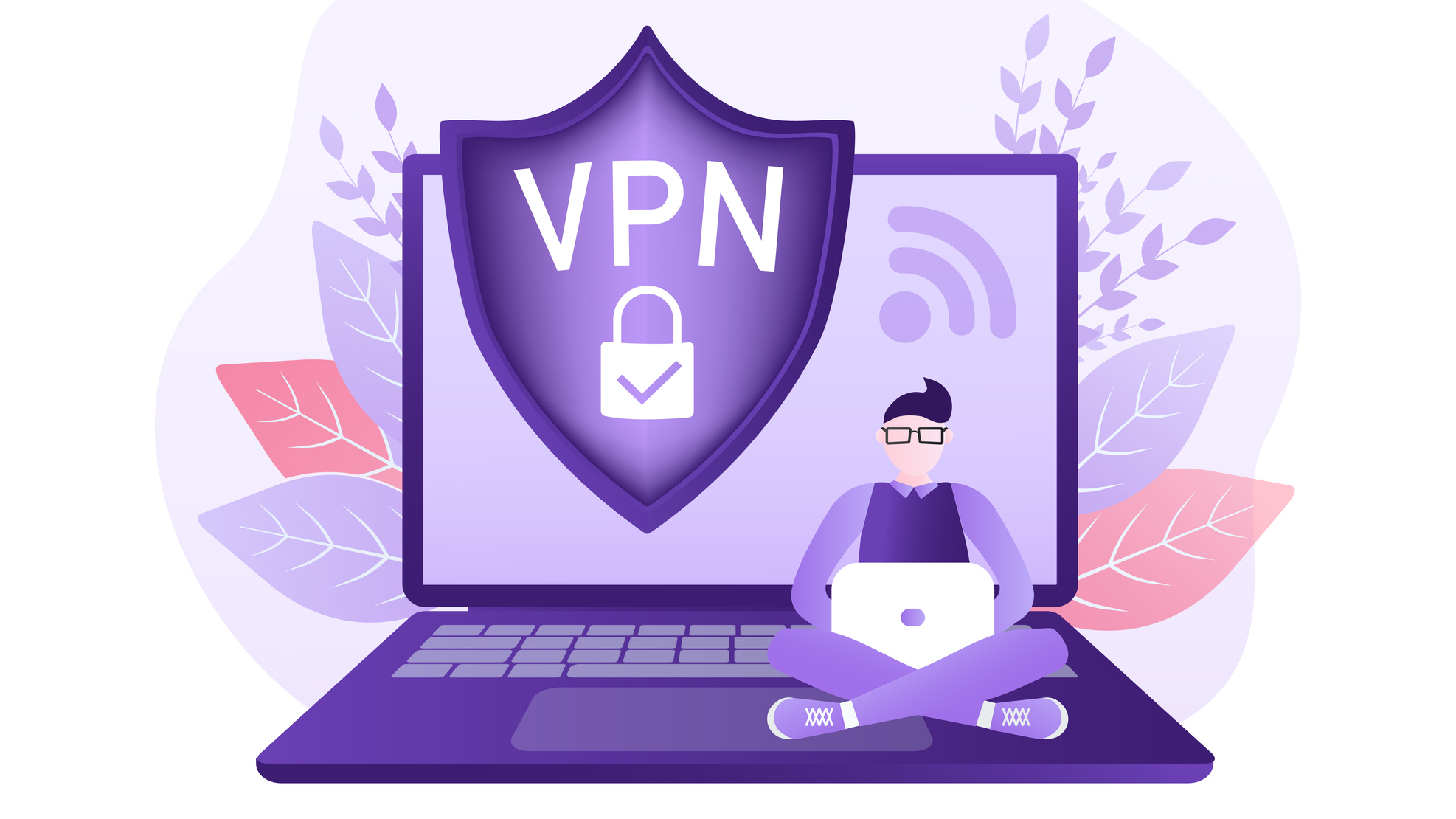New AI chatbot DeepSeek is taking the technology world by storm, and has even dethroned ChatGPT from top spot on the iOS App store.
There's certainly a lot of speculation about the potential DeepSeek holds, as well as what this could mean for some of the biggest players in tech right now. Plenty of both new and existing firms have invested billions of dollars into Large Language Models in the last few months alone - but DeepSeek has the opportunity to cause chaos in the venture capital world.
Having caused the biggest drop in the US stock market in history, the chatbot is understandably a huge talking point - but what are the experts’ predictions?
Will the hype last?
There’s no denying that DeepSeek arriving on the scene has been disruptive, and although the expert opinion isn’t unanimous, the significantly lower development cost is definitely turning heads.
If you're confused about what DeepSeek is, or why its causing so much of a stir, check out our article here explaining all you need to know,
The pressure is certainly on for US tech firms to respond, but it may not be as destructive as it seems.
We heard from 10 experts in the technology industry;
Steve Povonly, Senior Director of Security Research & Competitive Intelligence at Exabeam:
"The release of Chinese-developed DeepSeek has thrown US tech markets into turmoil; this is both justifiable and also perhaps, a bit overblown. The emergence of a technology that ultimately optimizes chip usage and efficiency is likely to apply pressure on existing large chip vendors, which is a very good thing. As the adage goes: "Pressure yields diamonds" and in this case, I believe competition in this market will drive global optimization, lower costs, and sustain the tailwinds AI needs to drive profitable solutions in the short and longer term."
Mike Follett, CEO and Founder of Lumen Research:
“Last week, Sam Altman and Elon Musk were AI monopolists. Now, it is clear that competition will reduce costs and loosen the grip hold of the biggest players. This represents an opportunity for marketers enabling them to build agents designed for specific problems, at a speed, scale and at a price that drives ROI.”
Nigel Green, CEO of deVere Group:
“This is a wake-up call for markets. The assumption that tariffs could contain China’s technological ambitions is being dismantled in real time. DeepSeek’s breakthrough is proof that innovation will always find a way forward, regardless of economic barriers.”
“By restricting China’s access to high-end semiconductors, Washington sought to slow its progress in AI. Instead, it has fueled an acceleration in domestic innovation, forcing Chinese firms to find alternatives. DeepSeek’s achievement is a direct result of this shift.
“Rather than being crippled by US sanctions, Beijing has cultivated AI models that require significantly less computing power, diminishing its reliance on American technology and eroding US leverage over global supply chains.”
The value
Aleksandr Yampolskiy, CEO of SecurityScorecard:
“DeepSeek is trained on 14.8 trillion diverse tokens whereas OpenAI is trained only on 13 trillion. It also costs radically less to train DeepSeek at $6M while OpenAI costs allegedly $100M, making DeepSeek 16.6X more efficient.”
“We are living in fascinating times. While "constraints in capital" may seem like a challenge, history has shown us (and DeepSeek has demonstrated) that these constraints often spark innovation and creativity. Security for AI will only become more critical. In a world where the lines between deepfake and human-generated content blur, and where biased information can shape our opinions, the need for robust security and ethical practices will grow exponentially.”
Dr. Kjell Carlsson, Head of AI strategy at Domino Data Lab:
“Deepseek’s success serves as a powerful reminder that the value of AI lies not in the size of your infrastructure or the exclusivity of your models, but in how effectively they are leveraged to deliver impact. By developing cutting-edge generative AI models without relying on the latest, most expensive hardware, Deepseek has demonstrated that agility and strategy can outpace raw computational power. Their achievements also highlight the vulnerability of incumbents in the generative AI space—proving that open-source innovation continues to be a powerful equalizer, enabling challengers to match and even surpass established players years into the revolution.”
“For companies seeking to maximise value from AI, the lesson is clear: success hinges on flexibility and capability, not exclusive partnerships or infrastructure scale. Rather than locking into specific LLM providers or focusing solely on hardware access, organisations should prioritise building the end-to-end capabilities to source AI innovations, design solutions tailored to their unique needs, and operationalise them effectively. This approach ensures that businesses remain agile, competitive, and prepared to harness the next wave of AI advancements, wherever they emerge.”
Bradford Levy, Assistant Professor of Accounting, University of Chicago Booth School of Business:
“DeepSeek has sent shock waves through the tech industry – directly challenging tech giants like Meta, Microsoft and Open AI."
“Until now, it’s been assumed their expertise in designing and operating large-scale distributed systems are essential for training state of the art models. But the development of R1 suggests otherwise – if these models can be trained using 90% fewer chips, the implications for valuation models are massive."
“This opens the door for smaller, more agile players to compete, potentially driving more innovation. With limited resources, they proved that scrappy, innovative teams can shake up the industry, even on a shoestring budget."
“While impressive, we should remain skeptical of any claims made by those with a vested interest in their own success. Before jumping to conclusions about the broader AI landscape, we need more time to test these models and understand how they achieved these numbers.”
The revolution
Professor Geoff Webb, Department of Data Science & AI, Faculty of Information Technology, Monash University:
“The emergence of DeepSeek is a significant moment in the AI revolution. Until now it has seemed that billion dollar investments and access to the latest generation of specialised NVIDIA processors were prerequisites for developing state-of-the-art systems.”
“This effectively limited control to a small number of leading US-based tech corporations. Due to US embargoes on exporting the latest generation of NVIDIA processors, it also locked out China.”
“DeepSeek claims to have developed a new Large Language Model, similar to Chat GPT or Llama, that rivals the state-of-the-art for a fraction of the cost using the less advanced NVIDIA processors that are currently available to China. If this is true, it means that the US tech sector no longer has exclusive control of the AI technologies, opening them to wider competition and reducing the prices they can charge for access to and use of their systems.”
“Looking beyond the implications for the stock market, current AI technologies are US-centric and embody US values and culture. This new development has the potential to create more diversity through the development of new AI systems.”
“It also has the potential to make AI more accessible for researchers around the world both for developing new technologies and for applying them in diverse areas including healthcare.”
The risks
Aditya Sood, VP of Security Engineering and AI Strategy at Aryaka:
"Open-source AI models like DeepSeek, while offering accessibility and innovation, are increasingly vulnerable to supply chain attacks triggered during large-scale cyberattacks. These attacks, where adversaries exploit the reliance on third-party dependencies, pre-trained models, or public repositories, can have severe consequences. Adversaries may tamper with pre-trained models by embedding malicious code, backdoors, or poisoned data, which can compromise downstream applications. Additionally, attackers may target the software supply chain by manipulating dependencies, libraries, or scripts used during model training or deployment. This can lead to systemic AI functionality corruption."
Renuka Nadkarni CPO at Aryaka:
"The sudden popularity of DeepSeek comes at a price. There are two dimensions of this. First, threat actors are likely to adopt this new tool now that it's widely available. Second, DeepSeek was a victim of a large-scale malicious attack. This means that their system could be compromised and subject to several of the known AI model attacks. Known AI model vulnerabilities, data risks, and infrastructure threats come into play here."
“While the unavailability of the service is an easy and visible attack on its infrastructure, the bigger concern lies in the undetected attacks on its model and data. These hidden threats could compromise benign users and enable other malicious activities."
The sceptics
Dan Goman, CEO, Ateliere Creative Technologies:
"The market’s reaction to the latest news surrounding DeepSeek is nothing short of an overcorrection. While the enthusiasm around breakthroughs in AI often drives headlines and market speculation, this feels like yet another case where excitement has outpaced evidence. Investors should be cautious about blindly jumping on the hype train without asking the tough questions."
"In summary, while Deepseek’s story is intriguing, it’s imperative to separate fact from speculation. The market needs to temper its enthusiasm and demand more transparency before awarding DeepSeek the crown of AI innovation. Until then, skepticism remains a healthy and necessary stance."
You might also like











0 coment�rios: